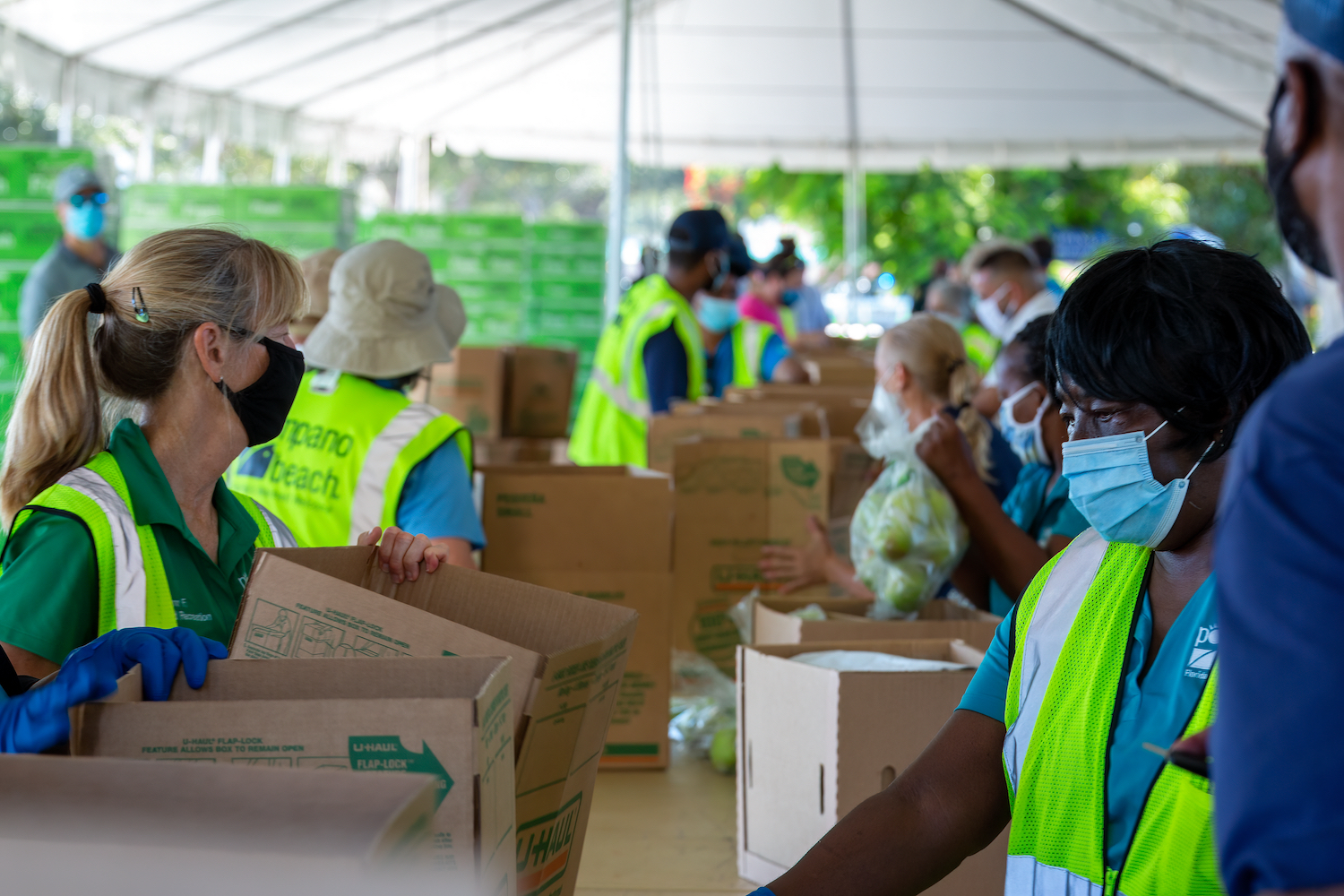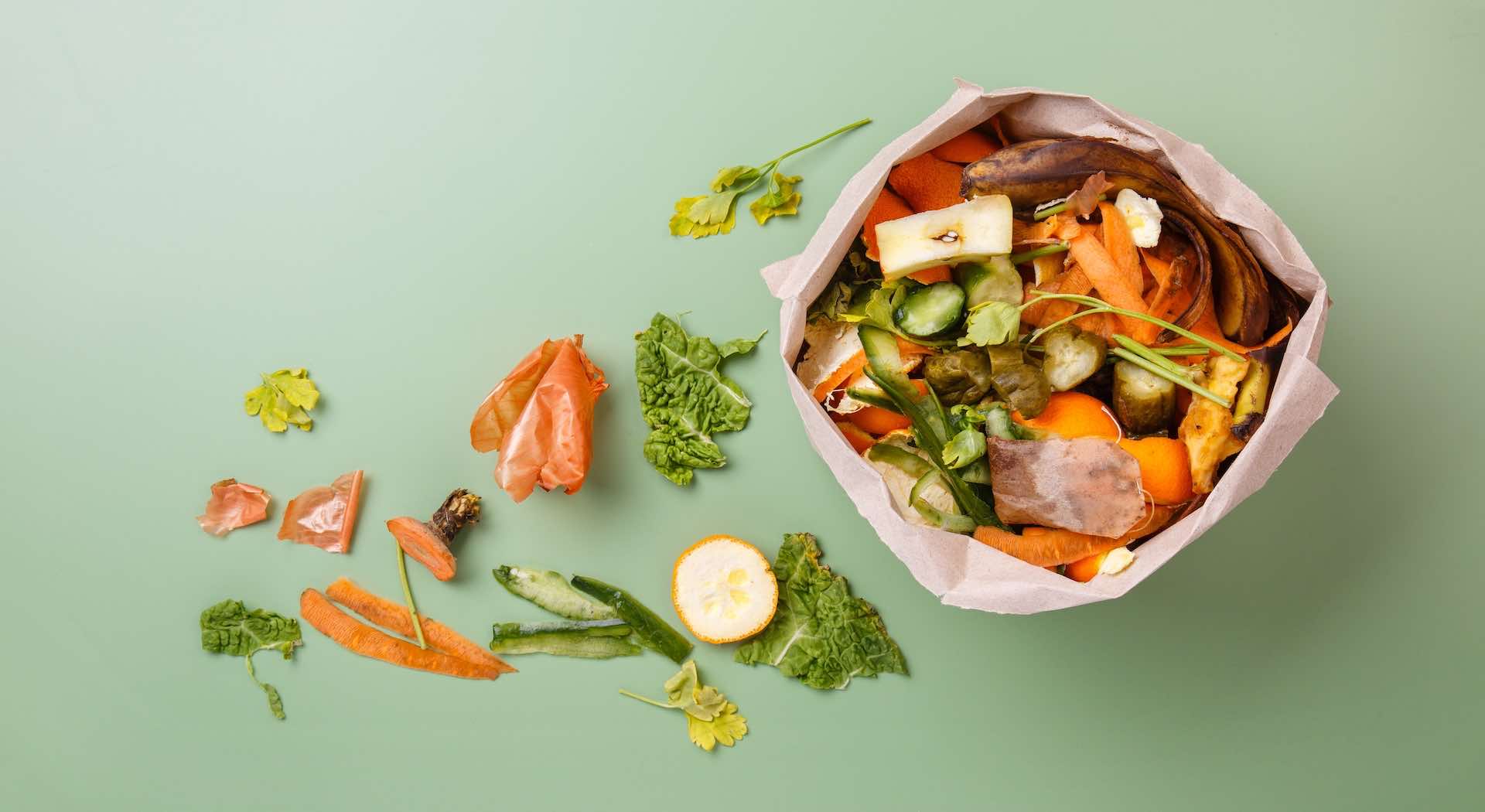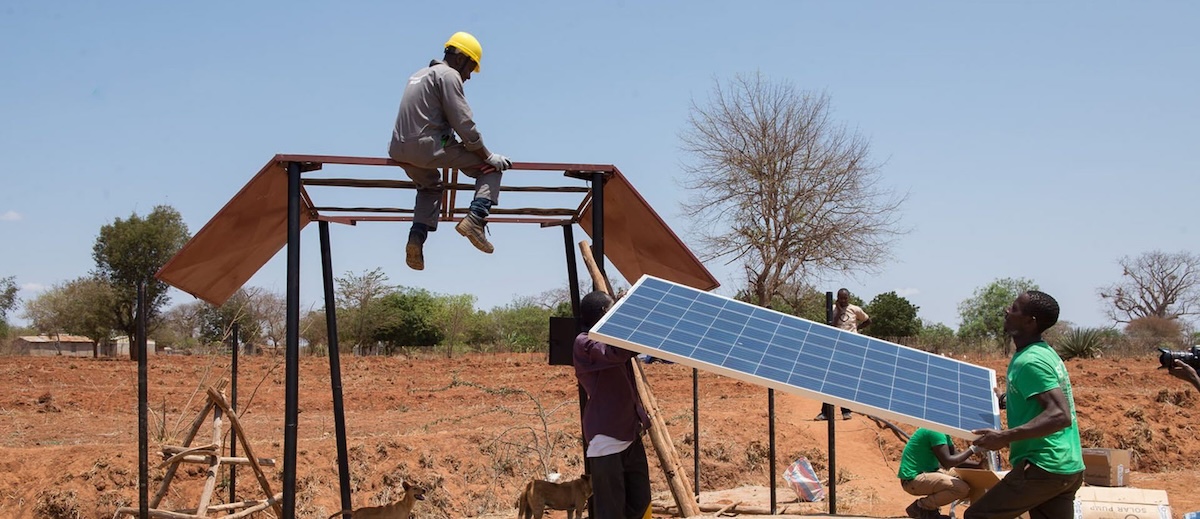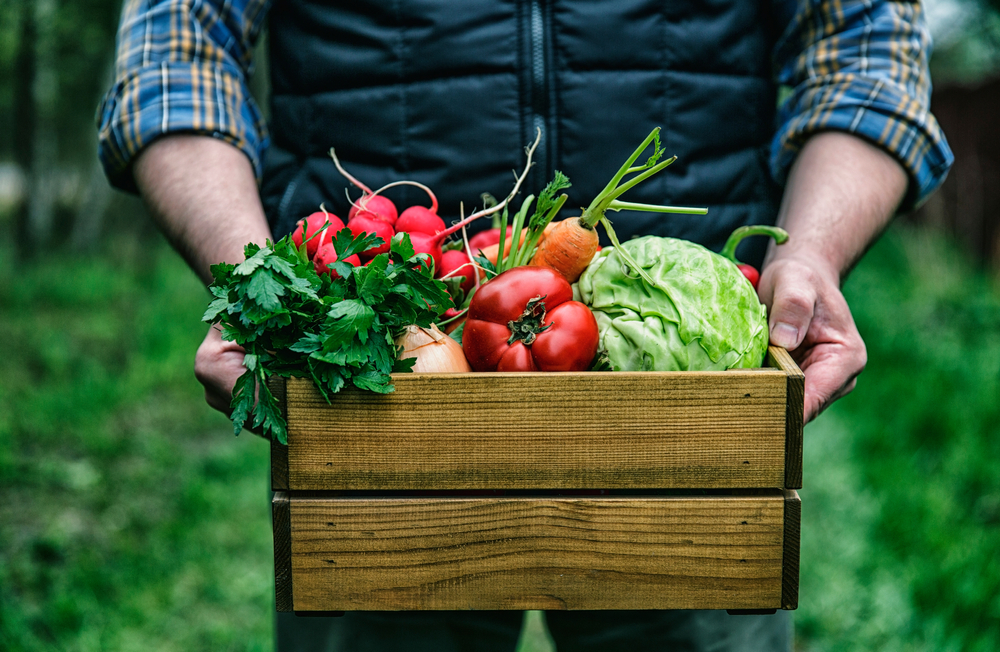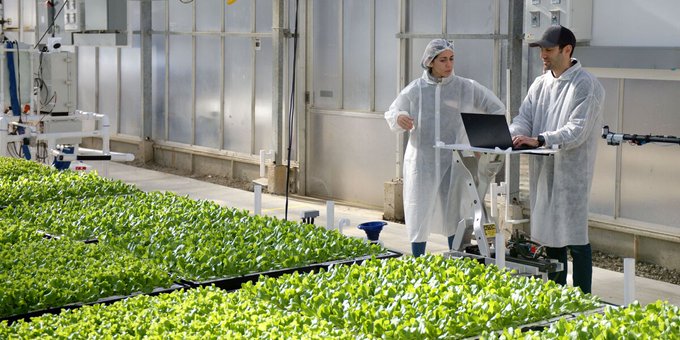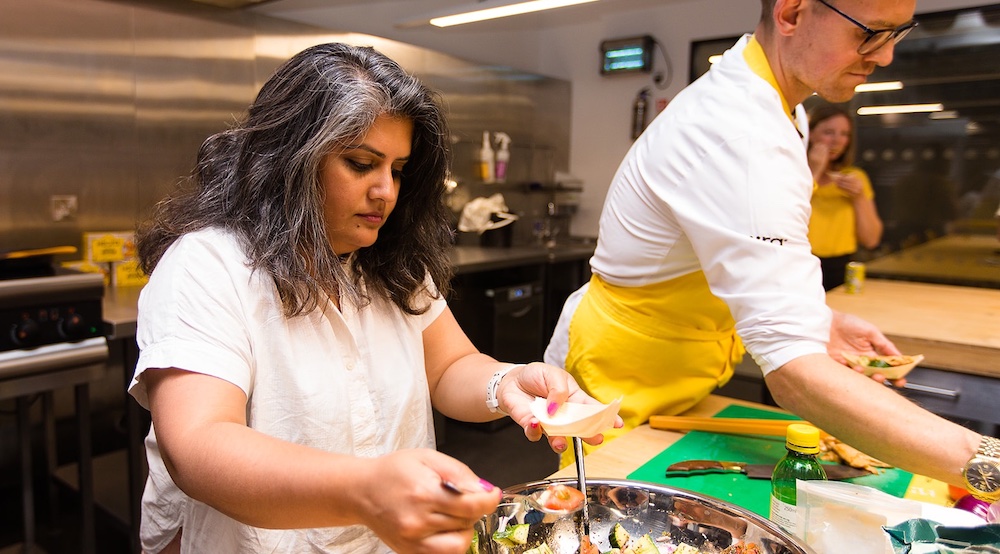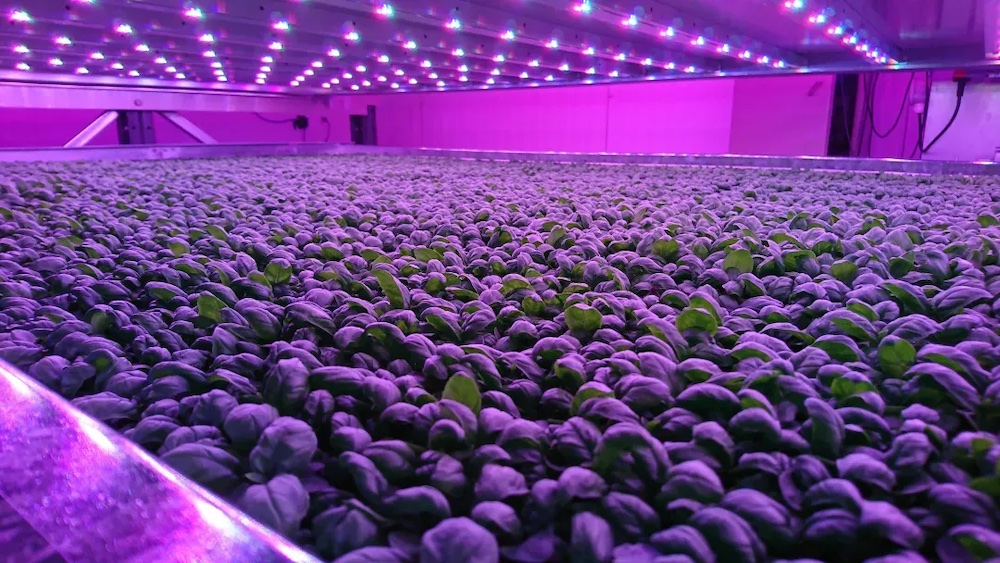We are living in the technological age, and a trend ReFED has been watching closely is how this is affecting food rescue, which has historically been fairly low-tech, consisting mostly of storage and distribution facilities operated by volunteers.
More recently, we’ve seen food rescue organizations implementing technologies to improve their operations and facilitate a more streamlined experience for their food donors – a solution set that ReFED defines as Donation Coordination and Matching.
Where food donors or hunger relief organizations previously might have had to place numerous calls and manually created routes for donation pickup or drop off, donation coordination and matching leverages system-level technology to find the best way to route food.
ReFED’s analysis shows that donation coordination and matching alone can save 144,000 tons of food from going to waste each year, generating an annual net financial benefit of $595 million.
Donation coordination
Feeding America saw an opportunity a few years ago to improve the donation process by developing MealConnect, which assists in coordinating pickups of donated food and routing them to Feeding America food banks and nonprofit partners. Similar technologies have been developed by Replate (headquartered on the West Coast) and the Philadelphia-based 412 Food Rescue, which created Food Rescue Hero.
Replate’s technology platform makes it easy for businesses to schedule on-demand pickups of their surplus food (they first focused on prepared food from food service organizations) by offering an algorithm-based service that matches sources of surplus food to the best food rescuer from Replate’s paid driver team for that particular pickup, then matches them to the most appropriate food pantry or social services organization.
Food Rescue Hero is an app that alerts volunteer drivers of surplus food available to be picked up near them and again directs them where to drop it off.
Goodr – which recently closed an $8 million series A fundraise – is a for-profit company (one of very few) that has powered food rescue through a software platform that allows businesses donating food to maximize their tax incentives, while using Goodr to coordinate the pickup and delivery.
Goodr built their tech to be monetized and reportedly it is profitable. Also worth noting is that Goodr is expanding to cover recycling services, thereby providing a full-service solution for business partners – and in the process, creating additional revenue opportunities for Goodr, which may also reflect the challenge of operating profitably solely within food rescue. They are incentivized for growth given the expectations of their investors, and their technology has been designed with the intent to scale rapidly and operate at a large scale.
Food access
Equally important to solutions that improve donation coordination and matching are those that improve access to food rescue services for the food donation recipient.
In the very early days of the COVID crisis, ReFED grantee Bitwise developed a simple, but very elegant solution – now known as Take Care – built off of Salesforce to intake those individuals in need of groceries. The technology helps potential recipients easily request services, while also allowing food banks to track their distributions. ReFED was impressed by how thoughtfully the Bitwise team designed their solution to meet the needs of both food banks and their clients, as well as their results – by the end of 2020, Take Care had been used to provide approximately one million meals to individuals and families in need.
A similar solution is City Harvest’s Plentiful app, which allows end users to book a time for when they’ll be able to pick up donations. We view the idea as a step in the right direction of improving a process which might normally be very inconvenient.
Crowded market
Of course, technology is not a silver bullet. There are plenty of questions we would ask the space right now and for funders to consider as they are reviewing opportunities. Is the tech being built scalable and can it address the problem at a systems level? There are quite a few non-profits that have built technology for their specific context, but how does that fit with other organizations’ needs?
Funding is also hard to come by – especially for organizations that have to consistently fundraise in order to provide hunger relief – and allocating that to building technology can be a challenge or may prove to be an organizational distraction. Are organizations developing their own tech because they see a need in the market, or because they feel like it’s what they have to do in order to appeal to grantmakers?
With technology becoming a more common feature in food rescue, the other risk that arises is duplication. So far, we’ve been seeing organizations partnering and leveraging each other’s work. For example, Sharing Excess, a Philadelphia-based food rescue organization, is using tech in the form of a food rescue app, which enables their distribution team to organize volunteers and partner organizations around scheduled food rescues. (Ryan McHenry of Sharing Excess describes their work on this very well here.)
In a positive sign for the space, the Sharing Excess app has been made available as open source for others to contribute to and use. There are a number of technology solutions – such as Food Rescue Hero – that have made themselves available to other food rescue organizations through licensing.
Opportunity areas
There still remains an opportunity to apply technology to food rescue operations, as many hunger relief organizations are still quite low-tech. Additionally, we recommend that those that choose to make the journey consider leveraging off-the-shelf technology when available to be cost- and human-resource efficient.
As businesses continue to make commitments to reduce or divert food surplus rather than dispose of it – and funders seek metrics that demonstrate results – food rescuers are recognizing a revenue-generating opportunity in the build-out of tools that can quantify impact in dollars.
Lastly, we also see the opportunity to improve and make the process of donation collection more dignified, whether by appointments, food preparation techniques, nutrition optimizing, and more – all of these could get some help with tech. And we’re excited to see that the food rescue space is working together to expand and improve these customer-oriented technological solutions to get food to the people who need it most.
Alejandro Enamorado is capital and innovation manager at ReFED.

